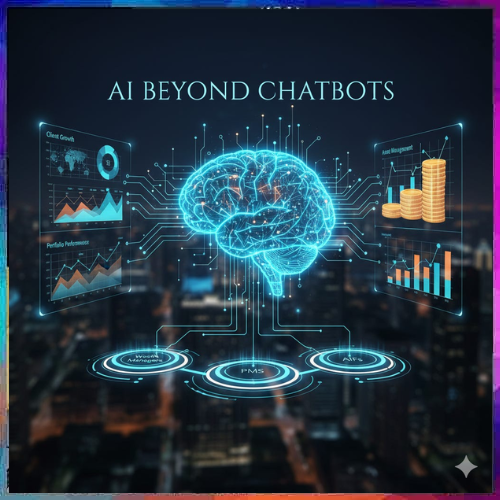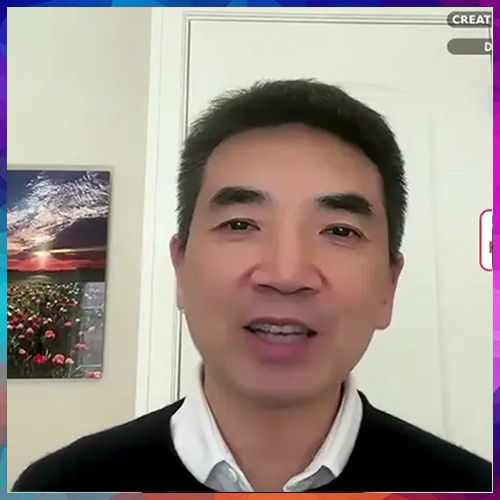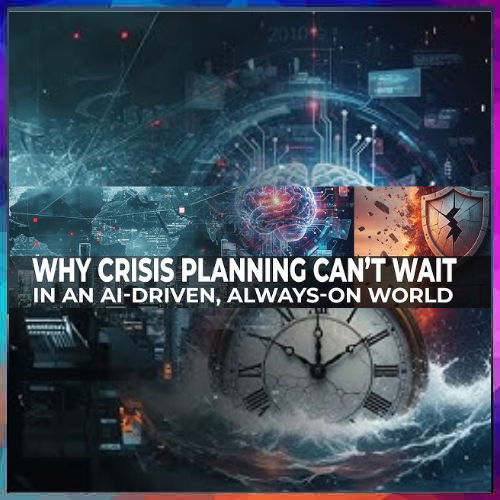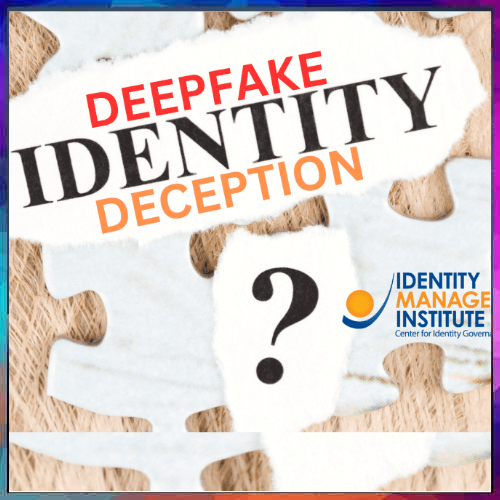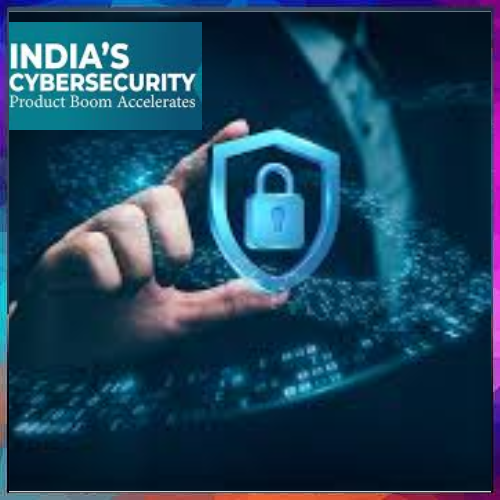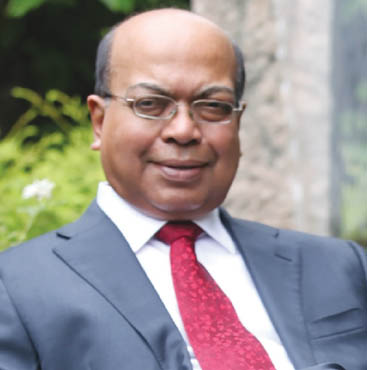
DR. ASOKE K. LAHA
Chairman-Emeritus and Founder, InterraIT
I grew up in Kolkata (then Calcutta) reading a limited number of newspapers, both national and local. Hardly was there anyone during my childhood who did not read the Statesman and, of course, a Bengali daily, say, Amritha Bazar Patrika. The Telegraph came much later, but with a bang, pushing the omnipresent colonial legacy, The Statesman, into second position, and now almost to extinction. All India Radio was another channel of communication. I remember that many tried to mimic the English diction of Surjit Sen, who was an illustrious news reader or Melvel De Mellow and a little later Komal GB Singh and Neeti Ravindran, who were icons of that time, more celebrated than the film actors.
I do not know whether there is any craze to mimic TV newsreaders now, except the slangs used by some like “Nation Wants to Know...” You know whom I am referring to.
I just reminisced and attempted to compare with the present. Is there any comparison? That time we read whatever came our way, be it Bankim Chandra Chatterjee’s or Tara Shankar Banerjee’s novels. There were heated discussions about which novelist was more popular, how they treated the subject matter, what their personal life was, where they stayed, and a lot of related issues.
I also know of many people who were older than me who used to read a daily newspaper from the front page to the last without missing any of the news, stories, or features. They would fold back the paper and keep it in a safe place only after solving the crosswords or similar mental games in the papers, which used to be a regular feature as add- ons. Comics were other features that were used to engage people.
Features in Sunday’s paper were major draws since they carried interesting travelogues and even short stories. Literary supplements of the Statesman and later the Telegraph were major draws that attracted readers of all ages and genders. I was also aware of persons who used to keep the papers as it was or cut the relevant portions to keep for further reading, sometimes later. Interestingly, some of the parents whose children were preparing for the civil service examinations were compelled to read The Hindu, which was perceived to epitomize Grammarly and semantically correct English, although newspapers were airlifted from Madras (Now Chennai) and used to arrive only a day or two later. Such was the craze and focus on reading, and the role played by newspapers either as hawkers of news or informed articles and features.
These may sound rather strange to the new generation, who are during an information explosion from multiple sources. One can tune into all types of media outlets, TV, social media, etc. which are almost instant, radio, and of course, the poor old print editions of newspapers, which came out with a vintage of a day. During our time, we read whatever came our way. In today’s world, readers can choose from a wide array of sources for reading. Did it make any material difference in the approach of the people?
During my childhood days, as a resident of Calcutta, I had taken innumerable rides in the then-popular trams, buses, and suburban trains. I had observed co-passengers and how they behaved while travelling. If it is a short distance, from the time of getting inside the vehicle till the time of disembarking, they will be busy wading through the crowded vehicle to reach the door to exit. If it is a long distance, barring a few who used to get glued to newspapers of the day or magazines, the rest were engrossed in talking, may be on trivial subjects like weather, and development of the day as narrated in the newspaper or announced in the All-India Radio and later television or politics. Sometimes, the debate or discussions could get transformed into high decibels or passionate narratives of one's point of view.
Today’s travel time presents a different view. Most of the people are either talking on their mobiles or surfing their favorite programs on social media. I have not seen anyone chatting or discussing politics or any other matter while travelling, except small talks by youngsters, and that too is between two people and not group discussions on a subject like cricket or football. Does it mean people have become more private and less intrusive on others' domains, or are they least interested in issues that are happening around them? Frankly, I do not know.
Sometimes, a strange thought dawns on me. Amidst these craving for privacy is there any other reverse current working on the younger generation? I know I must be more candid. When people are glued to matters unto themselves, showing little interest in matters where they do not have a role to play, why thousands flock to mammoth chaotic gatherings where people cannot be controlled, leading to deaths and injuries. What I have in mind is the recent happenings in the Bengaluru stampede, or recent Air India plane crash and several other incidents that have been happening at regular intervals, stealing precious human lives. To me, it appears to be a paradox. Or is it because we have categories of people who are increasingly becoming private and others becoming victimized by frenzies and their innate desire to be part of a larger gathering, be it related to sports, religion, or any other ritualistic dogma?
I often wonder, is the concept of privacy changing? What will be the level of privacy some five or ten years hence? I cannot indulge in a sweeping generalization since it is a domain of social scientists and psychologists to discern the future that will be unfolding before us.
Yet, I believe I am privileged to narrate my wish list. I sincerely hope that the future generation will not continue with their penchant for being glued to smartphones or digital frames. They should have more time to interact and engage in social gatherings. They should spend more time with their parents, friends, teachers, colleagues, and others.
I know it is easy to pontificate but difficult to follow given the limited time we have at our disposal other than pursuing our respective responsibilities. We must find more time for the parents to spend their time with their children, more time for children to play at schools, engage in creative activities in groups and not alone, more focus on instilling teamwork and common professional goals as against individual excellence. Yes, if we take these precautions in a measured manner, we can prevent AI incursions into our cultural and social milieu.
See What’s Next in Tech With the Fast Forward Newsletter
Tweets From @varindiamag
Nothing to see here - yet
When they Tweet, their Tweets will show up here.























